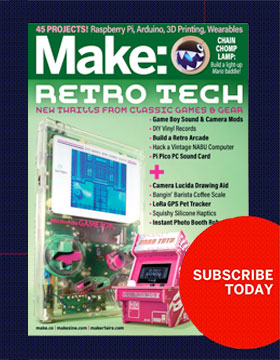
Working with leather is an incredibly satisfying hobby. It’s extremely versatile and so durable that your projects are bound to last for years. As with any new hobby, the terminology and sheer variety can cause some confusion. Here’s a crash course so you can jump right in.
The most common types of leather are:
Vegetable Tanned
You can tool, cut, stamp, and dye this durable leather for most of your projects. Tanned by plant-based tannins, this is the foundation of high-end wallets, belts, and pet collars. Buy this first to start playing with how leather works. Look for scraps at Tandy Leather stores near you.
Latigo
More pliable than veggie tanned, this leather cannot be tooled, stamped easily, or formed. It’s a combination of veg-tanned and then chrome tanned (tanned using chromium sulfate), which looks great and more finished than its veg-tanned cousin.
Bridle
I love this leather — it’s expensive but incredibly beautiful. Bridle is treated with oils and usually dyed with gorgeous, rich colors. In addition to its aesthetic value, this type of leather withstands weather very well.
Cordovan
Cordovan leather is made from horses, specifically from the rump. It’s very durable, and very expensive. Graduate to this when you have the skills and money to play with high-end leather.
Suede
This is the soft, furry layer of material between the outside skin of the animal and the flesh. Suede is often used as liners for projects, but it can’t get wet and therefore is difficult to clean.
Upholstery
This leather is soft but cannot be tooled at all. Used in sofas, cars, and clothing.
Measuring
Most leather is sold by the square foot, and the thickness (weight) is measured oddly, specifically in “ounces,” although it’s not the same measurement that you are used to. Roughly, one ounce equals approximately 1/64″. Big straps and belts are usually around 8–9oz and wallets are usually made with 3–5 oz.
| Ounce | Inch |
| 1 | 1/64 |
| 2 | 1/32 |
| 3 | 3/64 |
| 4 | 1/16 |
| 5 | 5/64 |
| 6 | 3/32 |
| 7 | 7/64 |
| 8 | 1/8 |
| 9 | 9/64 |
| 10 | 5/32 |
The Basics
National chain Tandy Leather is where most folks start out. As you get more focused on the craft, check out their tools. Most have an accompanying video.

Watch and Learn
I’ve learned a lot from watching others work. Ian Atkinson and Nigel at Armitage Leather have the best video tutorials and patterns around.

Further Reading
The granddaddy of leather literature, Al Stohlman’s books are hand illustrated and most of the techniques inside are still relevant today.
ADVERTISEMENT
Join Make: Community Today









